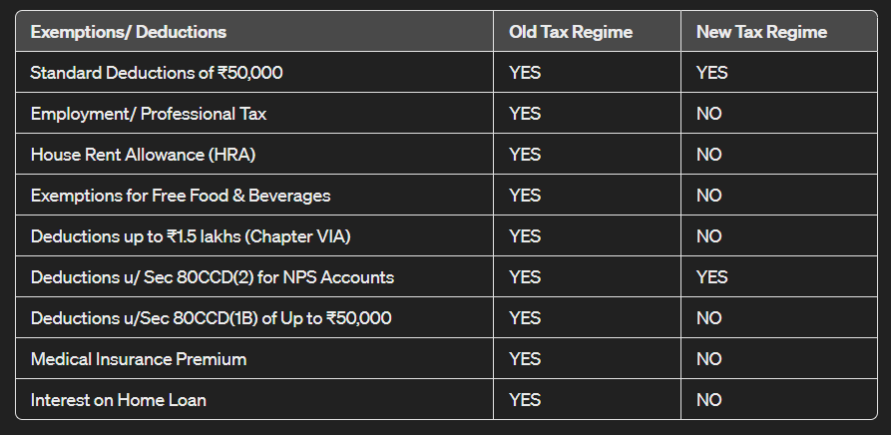Navigating Tax Options as FY 2023-24 Ends
 As the conclusion of the 2023-24 financial year draws near, investors are likely exploring avenues to reduce their tax liability and bolster their savings. With the availability of two income tax regime options, it’s probable that some taxpayers have chosen the new regime, characterized by lower tax rates albeit fewer deductions.
As the conclusion of the 2023-24 financial year draws near, investors are likely exploring avenues to reduce their tax liability and bolster their savings. With the availability of two income tax regime options, it’s probable that some taxpayers have chosen the new regime, characterized by lower tax rates albeit fewer deductions.
Introduction of New Tax Regime: A Shift in Default Option
Introduced in Budget 2020 under Section 115BAC, the new tax regime has now become the default option. If taxpayers don’t actively select a regime, the new one will be automatically chosen for them.
Under the new tax regime:
- Individuals earning up to ₹3 lakh annually are exempt from tax.
- Tax rates range from 5% for incomes between ₹3-6 lakh to 30% for incomes above ₹15 lakh. A tax rebate is available for incomes up to ₹7 lakh, potentially benefiting those earning up to ₹7.5 lakh.
Deductions and allowances available under the new regime include:
- A standard deduction of ₹50,000 for all taxpayers.
- Deductions on long-term capital gains from equity shares or equity-oriented mutual funds, up to ₹1 lakh.
- Exemptions for various allowances such as transport, conveyance, travel, perquisites for official purposes, voluntary retirement scheme, leave encashment, interest on home loan on lent-out property, gifts of up to ₹5,000, employer’s contributions to employees NPS accounts, among others.

However, certain deductions are not permitted under the new regime, including those under Chapter VIA such as Sections 80C, 80D (health insurance premiums), and 80E, except for Section 80CCD(2) and Section 80JJAA.
Comparison of Deductions: Old vs. New Regime
A comparison of deductions under the old and new regimes reveals the following:












Comments 1